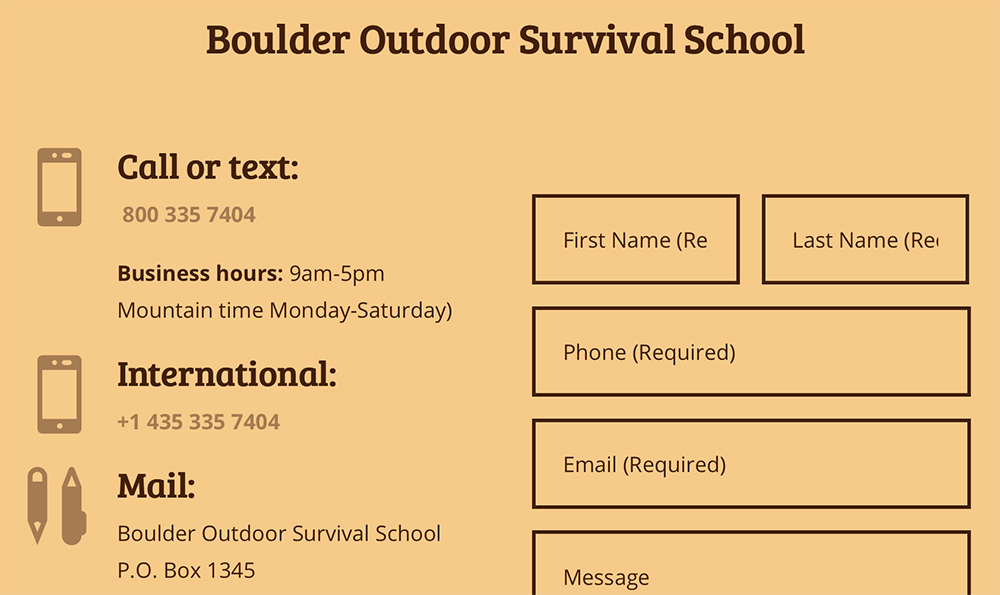There are quite a few different plugins you can use to easily add customisations to styles to Gravity Forms. We use a super light plugin for this generally and it covers most requirements. However, sometimes there are a few things that you may want to style differently and for me, placeholder styles are one of those times.
Below is some CSS that will safely override the styles of the Gravity Forms placeholder colour if it doesn’t change on certain browsers using the Gravity Form Styles plugin…
/* gform placeholders*/
::-webkit-input-placeholder { color:#42210b; }
:-moz-placeholder { opacity: 1; color:#42210b; } /* Firefox 18- */
::-moz-placeholder { opacity: 1; color:#42210b; } /* firefox 19+ */
:-ms-input-placeholder { color:#42210b; } /* ie */
input:-moz-placeholder { color:#42210b; }
We forced CSS styles on Gravity Forms on the following sites:
Why we use Gravity Forms
We can quickly design and build forms using the intuitive visual form editor. It’s easily configured to your requirements, the options are limitless and forms are easily embeded on your site, wherever you need them.
From donations to product sales, registrations to subscriptions, Gravity Forms lets you do it all. We can even manage transactions with the same tool you use to create standard contact forms right on your site. Fewer plugins mean a healthier site.
We can even configure your form to show or hide fields, sections, pages, and buttons based on specific conditions. Wth Gravity Forms we can easily set custom automated workflows for any form you need created.
And another bonus, Gravity Forms support is second to none.

